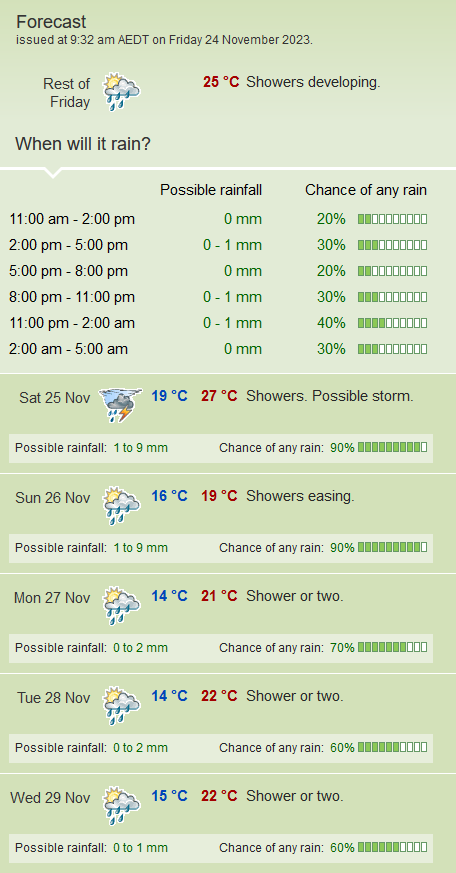The Rev Dodgson said:
… lived during the “bottleneck” in human population about 70,000 years ago?
I read just now that it was about 2,000, so I checked with TATE and they said 1,000-10,000.
But is there really any good evidence for this?
And if the people coming out of Africa interbred with Neanderthals and others around the World, does it even make sense to talk about a single population living in Africa?
There is clear evidence for this. The genetics of modern humans in continents other than Africa (and that includes Australian Aborigines) shows a similarity that dates back to about 70,000 BC. This does not include Neanderthals, who left Africa much earlier. My knowledge comes from a TV documentary rather than from scientific research.
The original evidence was mitochondrial, ie. Along the female genetic lineage only. I don’t know off hand if that’s been expanded to full genomes. Let’s look up Google Scholar.
First hit (same article two links)
https://royalsocietypublishing.org/doi/abs/10.1098/rspb.2009.1473
https://www.ncbi.nlm.nih.gov/pmc/articles/PMC2842629/
Evidence that two main bottleneck events shaped modern human genetic diversity
W. Amos* and J. I. Hoffman
There is a strong consensus that modern humans originated in Africa and moved out to colonize the world approximately 50 000 years ago. During the process of expansion, variability was lost, creating a linear gradient of decreasing diversity with increasing distance from Africa.
Immediately following a sharp population decline, rare alleles are lost faster than heterozygosity, creating a transient excess of heterozygosity relative to allele number, a feature that is used by Bottleneck to infer historical events. We find evidence of two primary events, one ‘out of Africa’ and one placed around the Bering Strait, where an ancient land bridge allowed passage into the Americas.
That article doesn’t tell us much about either dates or numbers, so search back earlier.
Cavalli-Sforza L. L., Piazza A., Menozzi (1994) History and geography of human genes Princeton, NJ: Princeton University Press
Now this is a book. So may not be easily available online. Try https://books.google.com.au/books?hl=en&lr=&id=FrwNcwKaUKoC&oi=fnd&pg=PP1&dq=info:laDBa9_mAZIJ:scholar.google.com/&ots=Hp3TQcHy73&sig=uH-dz1y7YBXHZIbZYuuH2w8S0wg&redir_esc=y#v=onepage&q&f=false
That book isn’t the answer either. It’s a multivariate analyses based on all sorts of properties such as cranial shape. From the book. Dang, won’t cut and paste from Google books on Android.
Anyway, earliest fossil ancient modern humans are 95,000 years at Nazareth. 67,000 years in China. 55,000 years in Australia. 35,000 years in America.
I seem to have reached a dead end here. Let’s try a different tack.
https://www.annualreviews.org/doi/abs/10.1146/annurev.genet.41.110306.130407
Chapter: Speciation and Out-of-Africa bottlenecks. Behind a paywall.
Keep trying.
https://www.science.org/content/article/how-we-lost-our-diversity
With the recent publication of a large data set of 763 microsatellite markers—short stretches of DNA that are repeated in the genome—from 53 populations in the Human Genome Diversity Project, evolutionary geneticists William Amos and Joe Hoffman of the University of Cambridge in the United Kingdom had enough genomic data to test both models. Using a software program called BOTTLENECK.
No – that’s just a summary of the paper I quoted earlier.
Many scientists have suggested that those who left Africa went through a bottleneck, where only a small number of individuals had offspring.
“Many scientists”, now that’s frikkin’ useless.
https://www.ox.ac.uk/research/genetic-studies-reveal-diversity-early-human-populations-%E2%80%93-and-pin-down-when-we-left-africa
By interrogating the distribution of mutations between African and non-African genomes, two of the papers just about agree that the genetic bottleneck caused by the migration out of Africa occurred roughly 60,000 years ago.
https://www.nature.com/articles/325031a0
Mitochondrial DNA and human evolution
Rebecca L. Cann, Mark Stoneking & Allan C. Wilson
From Nature magazine. 1987.
Behind a paywall.
I’m not getting anywhere. I’m beginning to suspect that the work you quote was first published in a conference, rather than in a journal accessible to Google Scholar.
The authors reconstruct the history of our evolution by focusing on genetic divergence among human groups. Using genetic information accumulated over the last fifty years, they examined over 110 different inherited traits, such as blood types, HLA factors, proteins, and DNA markers, in over eighteen hundred, primarily aboriginal, populations. By mapping the worldwide geographic distribution of the genes, the scientists are now able to chart migrations and, in exploring genetic distance, devise a clock by which to date evolutionary history.
